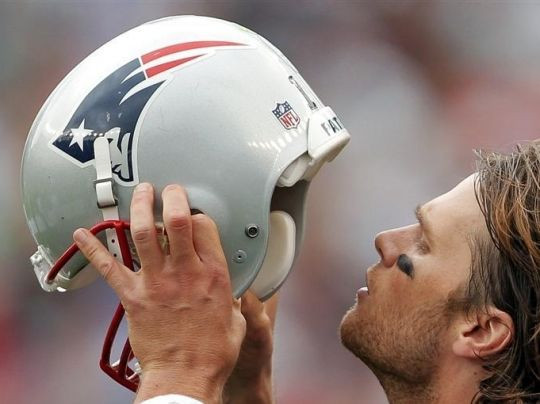NFL Brain Damage Admission Follows Ray Rice Video, Adrian Peterson Charge And Weeklong PR Blows

Ray Rice, Adrian Peterson and now an acknowledgement of brain trauma: It’s been a rough week for the NFL.
The National Football League has quietly admitted that its players are more likely to suffer brain damage than the general population.
In a report prepared for the NFL and filed in federal court papers Friday, actuaries hired by the NFL said nearly three in 10 retired players develop long-term neurocognitive conditions, and that such conditions were more likely to develop at younger ages. The statements may be the first public acknowledgement by the league that players suffer from higher rates of brain trauma, a contention held by many medical professionals but long resisted by the NFL itself.
“[O]ur assumptions result in prevalence rates by age group that are materially higher than those expected in the general population,” the report said. “Furthermore, the model forecasts that players will develop these diagnoses at notably younger ages than the generation population.”
The report was prepared in regard to the settlement in the lawsuit between the NFL and thousands of players who claim the league covered up information linking football with the risk of concussions. Upon the court filings, the information was picked up by news outlets such as the New York Times and ESPN. It wraps up a week of bad press for the NFL, which is under fire for its handling of the Ray Rice domestic violence video that surfaced on Monday. Compounding the league’s woes on Friday, Adrian Peterson, a running back for the Minnesota Vikings, was indicted on charges of reckless or negligent injury to a child.
The report was prepared by the Segal Group, a consulting firm hired by the NFL. It found that NFL players are at a significantly higher risk for conditions such as Alzheimer’s, Parkinson’s and amyotrophic lateral sclerosis (Lou Gehrig's disease).
The league’s longstanding denial that football puts players at risk for brain trauma have drawn comparisons to the tobacco industry’s infamous cover-up of the dangers of cigarette smoking.
Chris Nowinski, the executive director of the Sports Legacy Institute, told the Times that the NFL has “come a long way since the days of outright denial.”
Got a news tip? Email me. Follow me on Twitter @christopherzara.
© Copyright IBTimes 2024. All rights reserved.






















